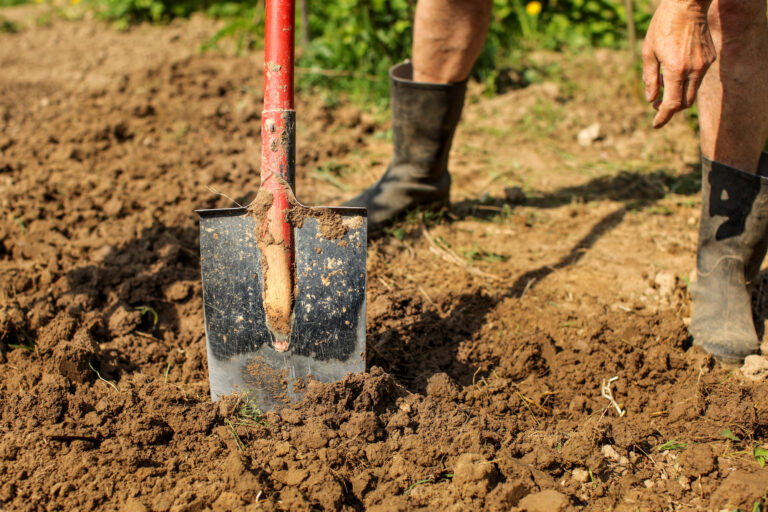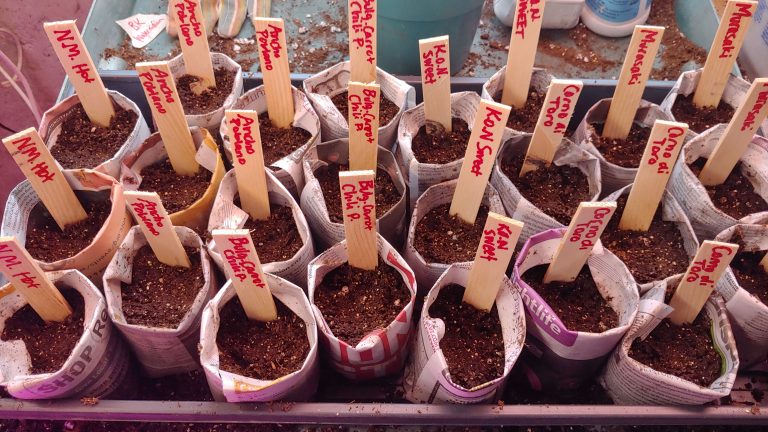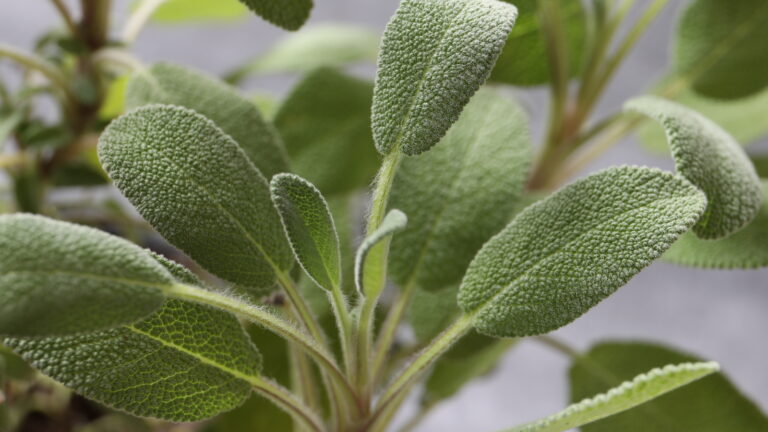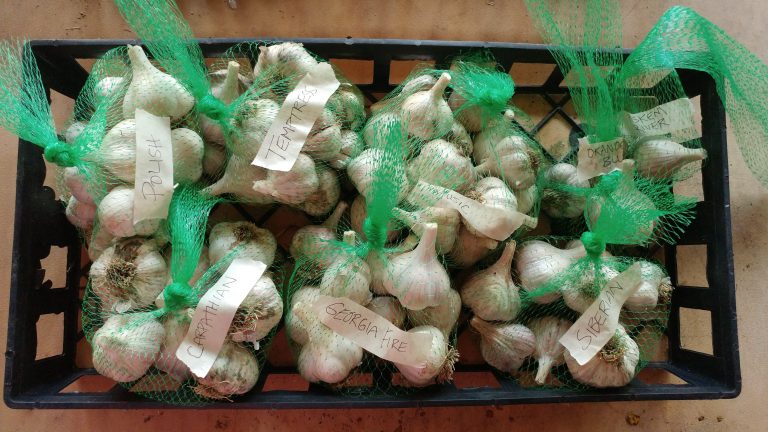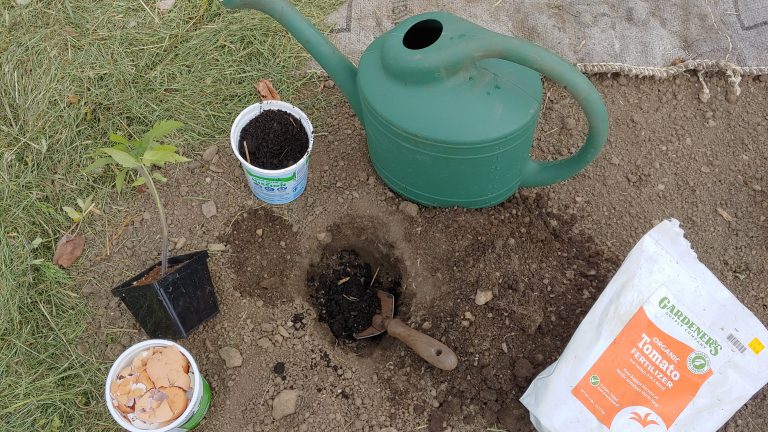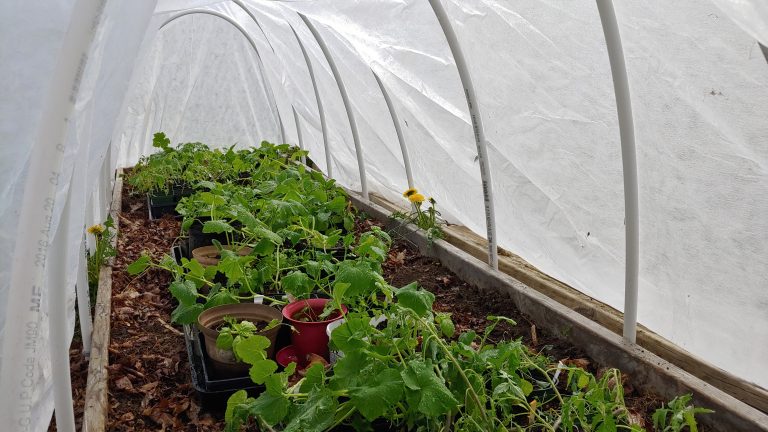This post may contain affiliate links.
A Fruit Tree Guild is a group of plants that are grown together to provide mutual benefits for the fruit tree. The plants in the guild protect the tree from pests and diseases. Those plants also provide nutrients and support.
By choosing the right plants for your guild, you can create a thriving environment for your fruit tree and increase your yield.
In this guide, we will discuss what a Fruit Tree Guild is, what benefits it provides, and how to choose the right plants for your guild.
What is a Fruit Tree Guild?
A fruit tree guild is a system of plants that work together to support the growth and health of a fruit tree. Typically, apple trees are the focal point of such a guild, although other fruits can be used as well.
The plants are arranged in a circular shape around the tree, with space left to access the tree as needed, such as paths and rocky outcroppings.
Fruit tree guilds are a great example of permaculture, as they are an efficient way to create a microclimate that is ideal for the growth of fruit trees. Permaculture is defined as “a design system for creating human settlements and agricultural ecosystems that are based on natural patterns.” In other words, instead of using pesticides, fences, fertilizer, and other artificial means to protect your apple tree and encourage its growth, you use natural elements that complement the tree and provide the benefits and protection you need.
What are the benefits of a Fruit Tree Guild?
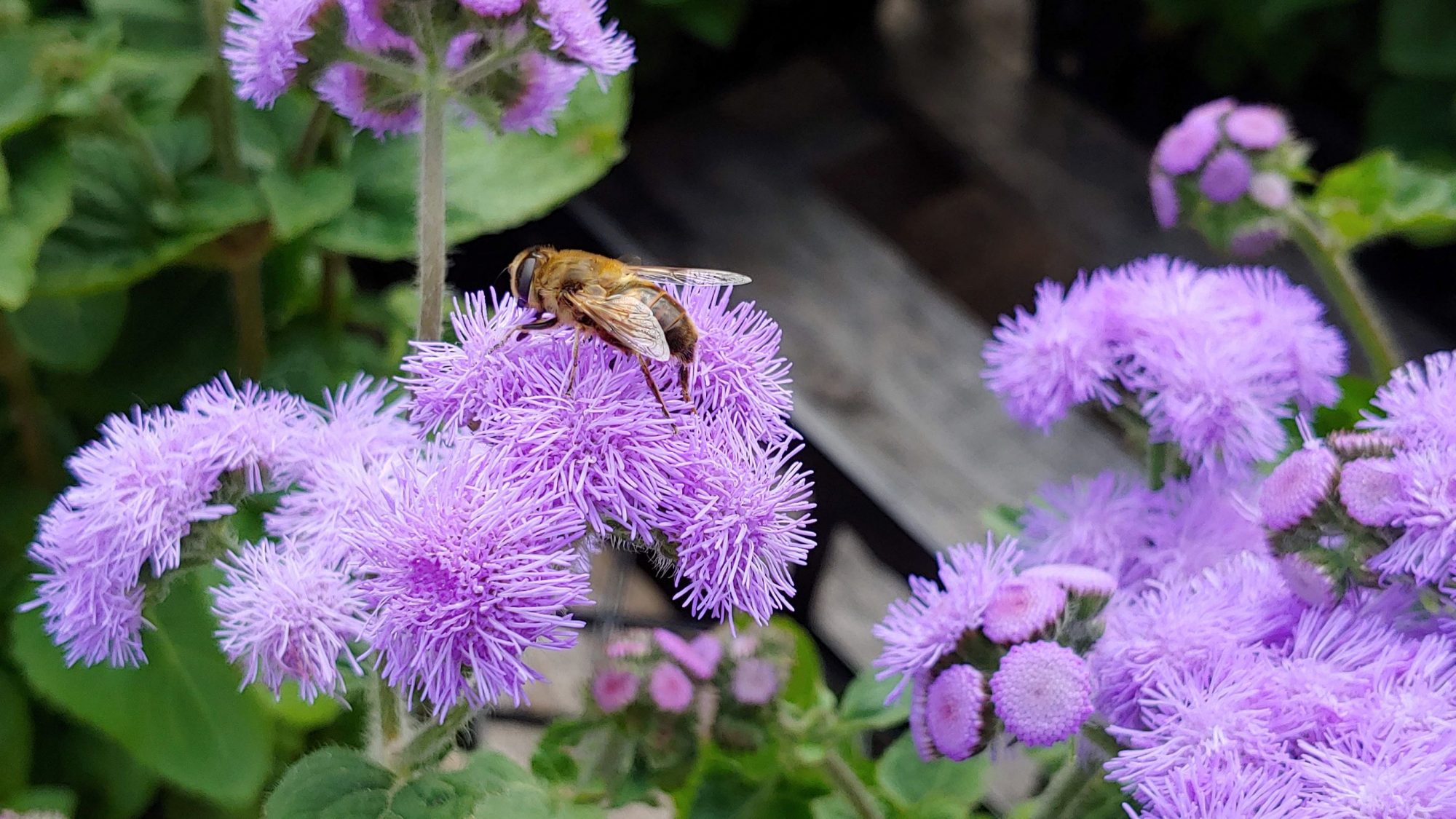
Fruit tree guilds have many benefits. Here are a few benefits:
- Help to improve soil health
- Reduce the need for irrigation
- Attract beneficial insects
- Provide a source of food and shelter for wildlife (such as bees and butterflies). While at the same time, helping to deter undesired wildlife (such as rabbits and deer).
- Increase the yield and quality of fruit
- Extend the harvest season
Ultimately, fruit tree guilds provide a more sustainable and natural way of growing fruit trees.
An example of this is an apple tree. Apple trees are often planted with nitrogen-fixing shrubs or a nitrogen-rich ground cover like clover to improve soil quality. Herbs like lavender or chives may be added to deter pests and attract pollinators. Flowers or flowering shrubs can also deter deer and other pests that may eat the leaves and fruit of the tree.
Overall, the many benefits of a fruit tree guild make it an ideal choice for anyone who wants to grow healthy apple trees and maximize their yield through more natural means.
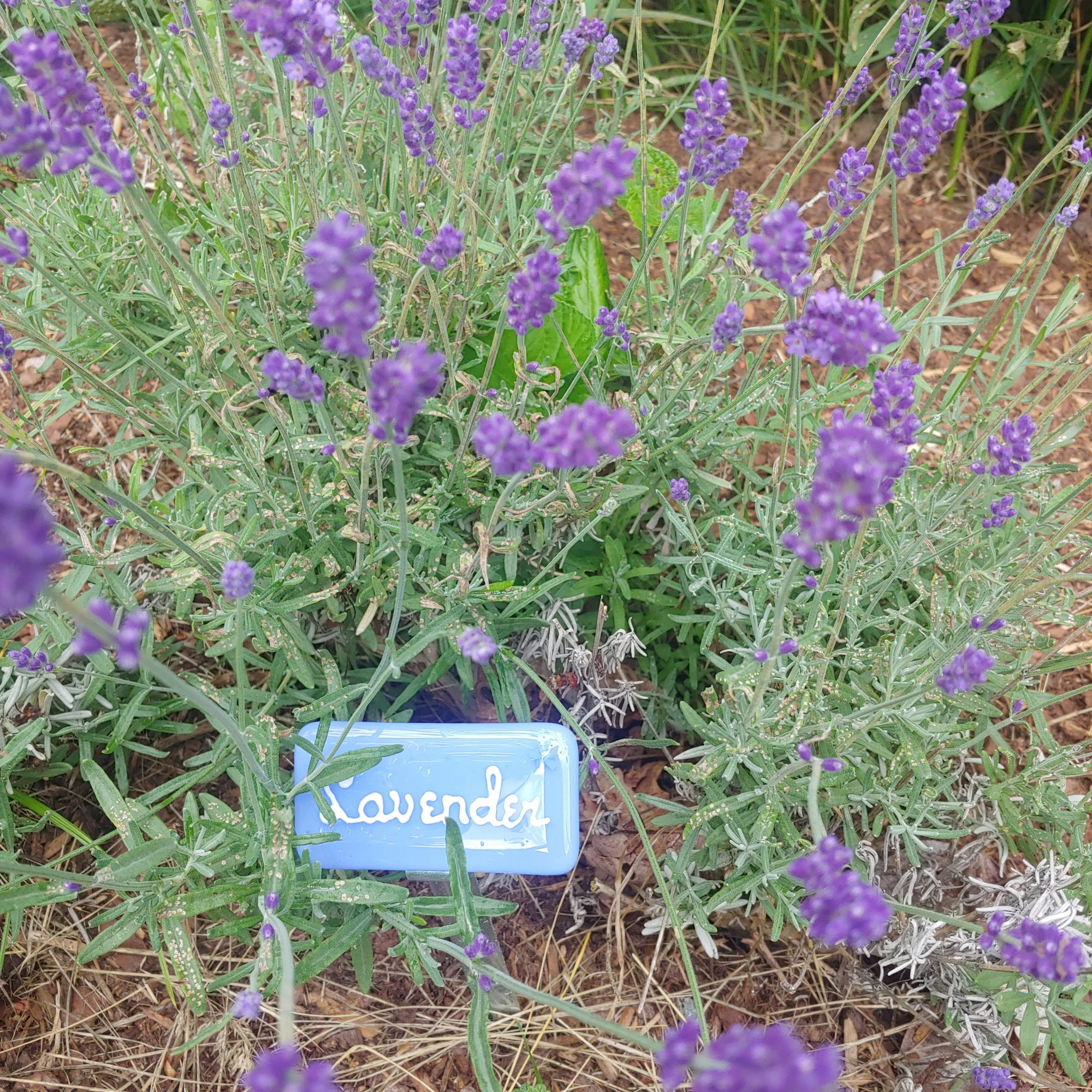
How to Plant a Fruit Tree Guild
- To plant your guild, start by creating a healthy soil bed to nourish your new plants; we do this by using the sheet mulch method around our tree.
- After planting the tree using tree-planting best practices, lay down cardboard in a circular shape surrounding the base of the tree.
- Cover the cardboard with hay, grass clippings, and a thick layer of compost (in that order).
- Plant the guild plants into the compost. Over time, the sheet mulch layers will compost into the ground surrounding the tree and become part of the natural environment.
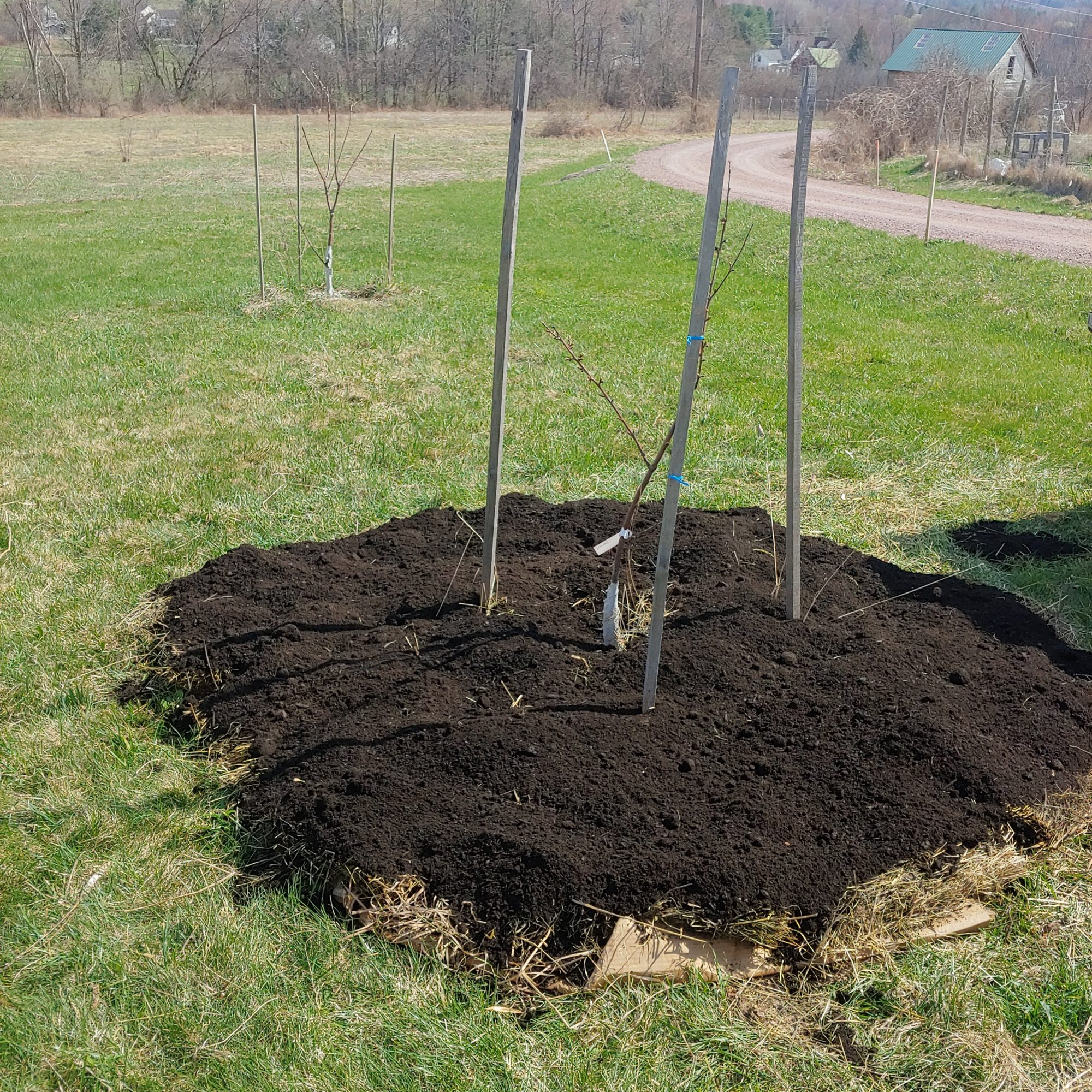
Tips for Planting a Fruit Tree Guild
When designing your guild, make sure to allow space for plants to grow larger over time and fill in year after year. Plants like comfrey will spread, and flower shrubs will grow larger.
Guilds are typically planted in a circular shape extending as far out as the canopy of the tree at full size. It is recommended to start small and increase the size of our guild as the tree grows.
Plant soil-improving and mulching plants closer to the base of the tree, pollinator-attracting plants throughout the guild, and pest-deterring plants around the perimeter.
Remember to allow room to access your fruit tree as needed by creating paths or spots you can stop on with rocks or mulch. Rocky areas should also be included to create homes for animals like caterpillars, frogs, and snakes. These “predator animals” will be ready and waiting if a pest population of aphids or slugs tries to move into your guild.

What plants should be included in a fruit tree guild?
When planting a fruit tree, it is helpful to include plants that can do the following:
Suppress grass
Grass at the base of your fruit tree can compete with the tree roots for nutrients. If you plant bulbs near the base of your tree (like daffodils or garlic chives) you can suppress the growth of grass. You’ll need less fertilizer and your trees will have more nutrients to work with down below.
Improve soil quality
Soil-enhancing plants can help add nitrogen to the soil which will help your fruit tree to grow. Examples include clover and alfalfa – or legumes like fava beans (which also offer edible plants to your guild).
Nutrient accumulators such as yarrow or plantain have deep roots that help to break up compacted soils and draw nutrients up into the soil.
Mulching plants, like comfrey or rhubarb, help to improve water retention and suppress weeds. They can be cut back after they grow and simply left in place on the ground where they will mulch the soil and compost over time.
Attract pollinators & useful insects
Attracting pollinators to your fruit tree is important for increasing yield. Pollinator-attracting annual plants include flowering herbs, such as basil, lavender, or dill, or annual flowers such as sunflowers or cosmos. The added benefit of planting herbs is that you’ll also be able to pick these for use in the kitchen!
Flowering perennials and shrubs are also a great choice, as you’ll only have to plant them once. You can include yarrow, azaleas, and rhododendrons in your guilds to add color and create a great habitat for pollinators.
These plants will also attract helpful insects to your guild, particularly good are the ones that will eat the larvae of moths that would otherwise harm your fruit tree (such as wasps).
Deter pests
Plants that deter pests in your guild, will protect your fruit tree from grazers who will want to nibble on greens or chomp on baby fruit. Some popular choices are marigolds (which can help deter rabbits) and daffodils (which can help deter deer).
Other pest-deterring plants include alliums, such as chives or garlic; and aromatic herbs, such as rosemary and sage.
Make sure to include a variety of these plants so that they bloom at different times of the year. The daffodils will bloom just as the tree is putting out buds, protecting those delicate buds from roving deer hungry for greenery after a long winter!
Caring for your guild
When you first plant your fruit tree guild you’ll need to water regularly to give your plants a good start, especially if they are raised in a sheet mulch bed. Over time, the steps you have taken to provide mulching layers and well-nourished soil that retains moisture will mean that you do not have to water as often.
Each year, pay attention to how big your annual plants are getting and divide if necessary so that they do not take over the entire guild. Conversely, choose annual plants to add each year, paying attention to a balance of pollinator-friendly and pest-deterring varieties.
See what does well in your space, noting that as your tree gets larger it will provide more shade so you may have to change varieties based on what thrives in those conditions.
Because you have used permaculture practices that provide what your plants need, you probably won’t have to do much weeding in your guild.
Carrie Williams Howe is an educational leader by day and an aspiring homesteader by night and weekend. She lives on a small homestead in Vermont with her husband, two children, and a rambunctious border collie. She blogs about her family's homestead life at The Happy Hive.

